Emotioneering at the BCS
Emotioneering at the BCS
Last Wednesday (4 April 2012) @papachrismatts and I presented a session on Emotioneering at the BCS. For the folks who could not attend, here’s a brief reprise of the evening.
Objectives
We started out by introducing ourselves, and then declared our two objectives for the evening:
- To introduce the audience to the concept of Emotioneering.
- To inspire some folks to apply the idea to their own product development efforts.
What is Emotioneering?
The term “Emotioneering” is not widely used or known – the only fields in which I have come across it being video games, and product development. For the latter field, I’m the only person I know of that’s using the term – and applying its ideas in practise. “Emotioneering” is a portmanteau word, formed from “Emotion” and “Engineering” i.e. “engineering emotions into products”.
Emotioneering is two ideas linked together:
- The appreciation that modern neuroscience research has shown unequivocally that people make buying decisions on an emotional basis, not a rational basis, and therefore that successful products – highly-saleable products – are best designed from the perspective of the emotional responses they evoke, rather than the features or functions they contain.
- Given than many existing software products do evoke emotional responses in buyers and users alike, product designers and developers can imagine applying engineering disciplines to ensuring that their products actually evoke the emotions they think will appeal to buyers.
The Neuroscience of Buyology
Martin Lindstrom (see photo, above), a Marketing Guru, spent $7million and three years on a study using FMRI and EEG brain scanners to discover what was going on inside people’s brains when they were in the process of deciding whether and what to buy. This research is detailed in his book “Buyology”.
Brain Scanning
Chris had brought along a mock EEG machine, and we proceeded to demonstrate, with the able assistance of a volunteer from the audience, how the brain scanning technique works.
Real-world Emotioneering
Chris and I then moved on to talk about some real-worl examples of companies that have realised the power of designing products (actually, “whole products“) to evoke emotions in their customers. These examples included:
- Zara (fashion) and Madonna concerts
- Coke (soft drinks) and America’s Got Talent
- Manga (baby eyes)
- Typhoo tea (“Two Thumbs fresh” TV adverts)
- The Nokia ringtone (negative associations)
- Apple (Jonathan Ive)
- Others (see the book)
Note: As far as I know, none of these companies actually use an explicitly Emotioneering approach.
Interruption
In the middle of talking about Zara and Madonna, Chris received a phone call on his mobile, which he had “inadvertently forgotten to switch off”. After chatting to the caller for a minute or two, he handed the phone to me and I continued the conversation. After perfunctorily apologising, we resumed the presentation.
How Did You Feel About That?
After the examples, we returned to ask the audience how they had felt about the interruption. They were intrigued to examine their various reactions to the “rude” and “inappropriate” phone conversation. I wonder how (more) memorable the evening will have been because of this “gag”?
The Game
Through presenting “Real Options”, Chris and Olav (Masssen) have found that people only take the ideas on board when their emotions are engaged. In other words, a strictly rational appeal does little to inspire folks to look at Real Options more closely. Chris and I presented a very simple “game” to engage folks kinaesthetically and emotionally in the Emotioneering ideas. (BTW, if you were there, how did this work for you?)
Recapitulation
We had a brief Q&A session to recap on the idea the people do not buy on a rational basis, but rather on an emotional basis.
The Engineering Angle
I then segued into the second idea linked to Emotioneering: The idea that products – particularly software products and products containing software – can be engineered to evoke specific emotions in potential purchasers, customers, users, etc..
I have long favoured Use Cases as a means to capture functional requirements or product features. Many folks like to use User Story cards to the same end. I showed a very simplistic Use Case diagram which I have adapted as a notation for Emotioneering and thus renamed to a “Feel Case diagram”. In this example we had just two “Feel Cases” for the product in question (a car). See diagram, below:
Aside: To my delight, Tom Gilb was in the audience and we all too briefly discussed the role of quantification in such “Feel Cases”.
Some folks opined afterwards that this part of the presentation had been too short. I am resolved to remedy this if I have the honour of ever presenting again on this topic.
Final Q&A
We had a lively set of questions from the audience, and then adjourned to continue same “down the pub” (the Lyceum Tavern). My two questions to the audience were:
- “Our first objective was to introduce you to the idea of emotioneering. How many folks think they have a grip of the idea?” Most all of the room signified in the affirmative.
- “Our second objective was to inspire you to apply these ideas in your work. How many folks might now do that?” Around 50% of the room signalled in the affirmative.
– Bob
Postscript
In case anyone’s interested, here’s the fruits our our planning session, pre-event:

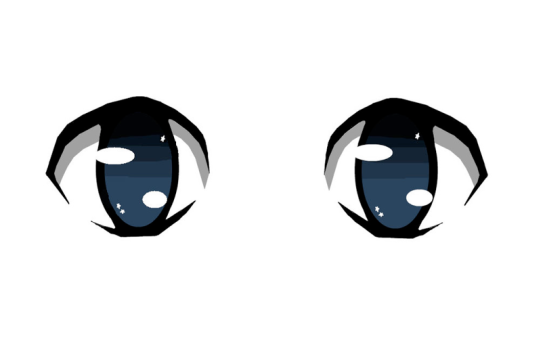
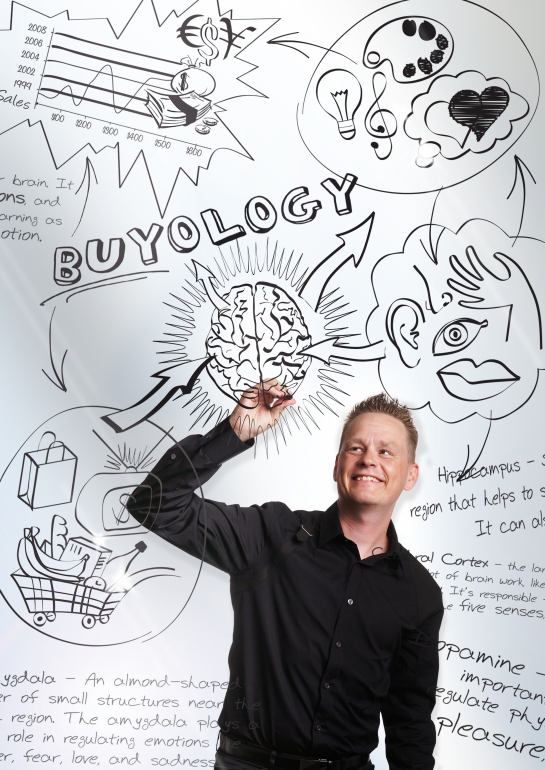
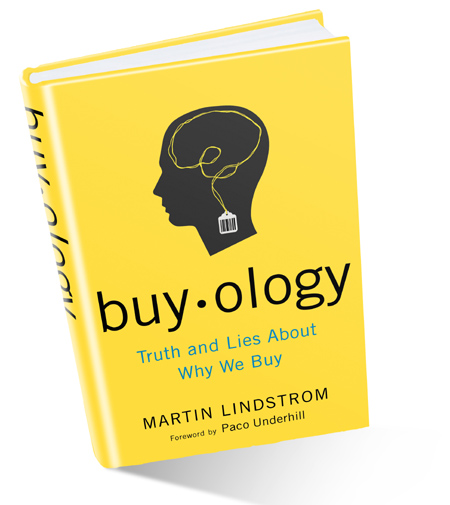
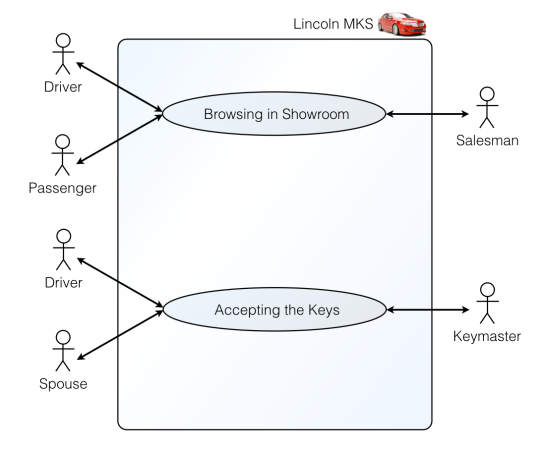
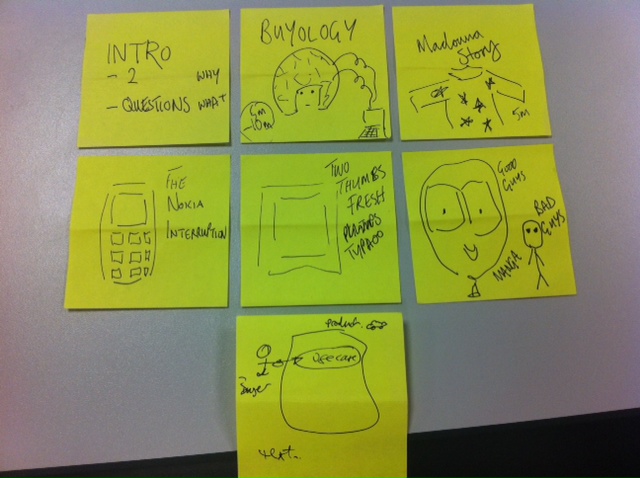
Interesting. I especially like this phrase: “therefore …products…are best designed from the perspective of the emotional responses they evoke, rather than the features or functions they contain.” This is really important, and speaks to a holistic view of products, rather than the piece-meal view which Agile methods, misunderstandingly, become focussed on.
I attended the session although I missed the first few minutes and I enjoyed the session.
Prompted by Bob here is my feedback based on my understanding of perfection game after google search and reading this http://www.perfectiongame.org/#learn_more
I score this session as 6 and the suggestion below will make it a 10 for me:
I suggest that your intent of emotionally engaging the audience and the mobile phone ringing are brought closer together. For me it felt a while after the interruption before you explained your intent.
The real option section felt rushed and out of flow I would either remove it or spend more time on it and bring the link with words and emotions through the game.
The Use Case – Feel Case. I felt this was a filler and suggest this is either developed further or removed in particular I would choose a software product use case. I would experiment with this even being a product that the audience in groups design using the concepts of emotioneering.
Hi Nader,
Thanks for contributing to the conversation here (and on the night).
Your suggestions are excellent, In particular I very much like the idea of a group design session. How long (minutes, minimum) do you feel this would take to be useful?
– Bob
Hi Bob
Thanks for your reply.
I think this is a 45 minutes minimum session for 3 to five teams. Possibly structured like this 15 minutes for each team to design their product, 15 minutes for the teams to demonstrate the Feel Case of their product and 15 minutes recap and feedback.
Reards
Nader
Hi Bob, Nice post. I think you might also enjoy the book “The Power of Habit” by Charles Duhigg. He doesn’t cite Buyology but he does talk about the “habit loop”. Once introduced to the “habit loop” you think of the buying cues and responses in an enlightened way – – ways that we might engineer for too!